Destination Diamonds: Discover Tips for Visiting South Africa
Consider visiting South Africa for your next adventure. Home to the famed Cullinan Diamond, the largest diamond ever found, South Africa is an Eden for adventure-seeking travelers.
The glorious Western Cape, home to the majestic Table Mountain and the vineyards of Stellenbosch and Franschhoek, offers anyone visiting South Africa a myriad of treasures. Yet, beyond the country’s well-trodden tourist route a plethora of off-kilter, must-see spots are waiting to be explored.
Consider, for example, the historic city of Kimberley. Fondly known as the ‘Diamond Capital’, its glittering past precedes it. The provincial capital of the Northern Cape, Kimberley was the site of one of the world’s greatest diamond rushes in the 1870s. Excavations began at the Big Hole in Kimberley in 1871, with the mining site yielding a total of 6,000lbs (2,722kg) of diamonds before operations closed down in 1914. Almost a century on, diamonds continue to permeate across the region’s tourism offering.
What to See and Do on a Trip to South Africa
Despite being South Africa’s largest province – covering almost a third of the country –, the Northern Cape has the smallest population, comprising of extended stretches of unoccupied deserts and semi-deserts. Exploring this less-travelled area admittedly takes some determination, given its off-the-beaten-path status. Still, those who do venture to this beguiling land will be richly rewarded for their efforts.
En Route to the Northern Cape: Key Spots to Visit in South Africa’s Western Cape
Visiting South Africa’s scenic surrounds – from sinuous coastlines to imposing mountain ranges – is almost otherworldly. Nowhere is the country’s natural beauty more palpable than the Western Cape. En route to the Northern Cape, factor in these key places.
Table Mountain
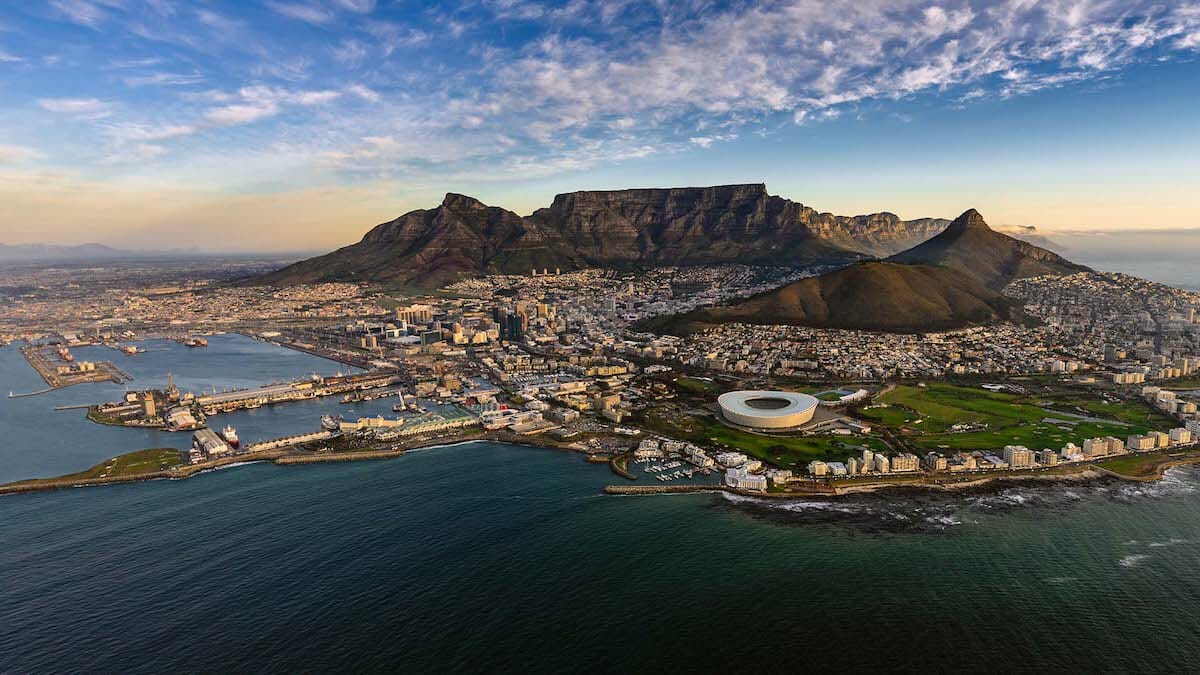
Dominating the city’s skyline, Table Mountain is a prominent Cape Town landmark; but the flat-topped mountain need not only serve as a photogenic backdrop, ogled from below. Make advances – via cable car or by foot – to the mountain’s apex in time for sunrise and sunset; it’s the perfect activity to mark the beginning or end of your time visiting South Africa.
Kirstenbosch National Botanical Garden
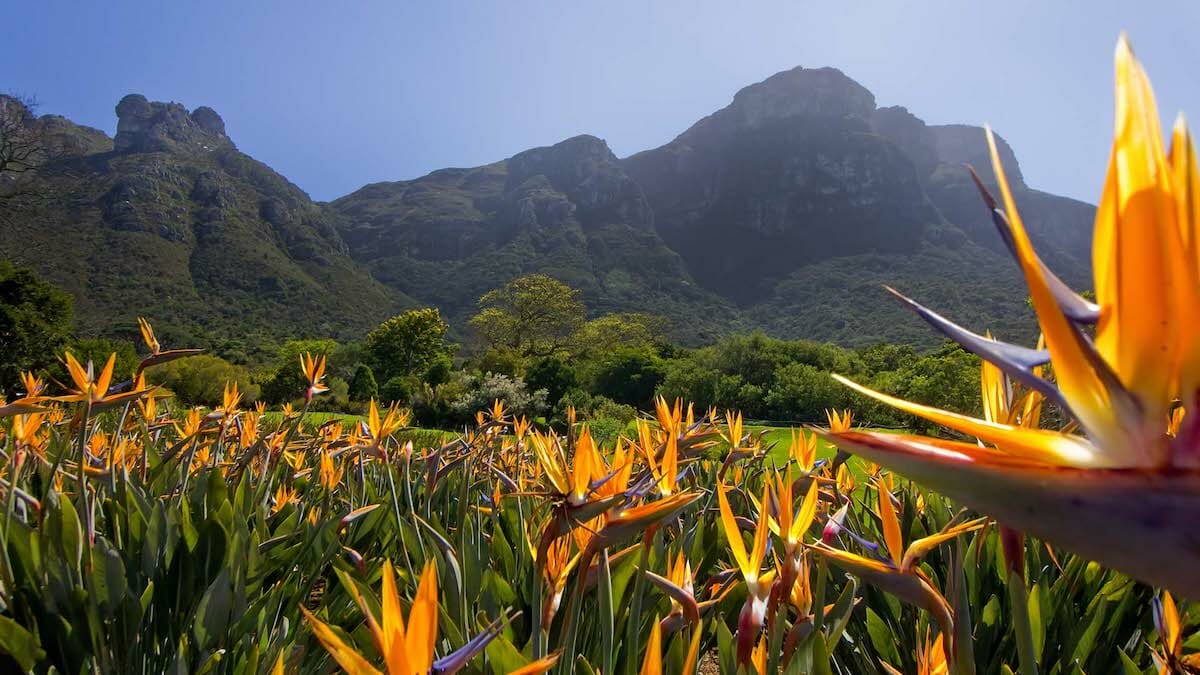
Home to 7,000 plant species, most of which are unique to the region, this beautiful expanse on the eastern slopes of Table Mountain is a must-see whilst in the Western Cape. You’ll spot proteas, birds of paradise, wild gardenia and other flora, as well as various artworks and sculptures scattered throughout its 1,300 acres. Kirstenbosch National Botanical Garden is the perfect spot for al-fresco dining; in the summer months visitors can enjoy outdoor concerts and other events while they picnic.
Winelands: Stellenbosch and Franschhoek
The Wine Country of Franschhoek and Stellenbosch is South Africa’s answer to Napa Valley. Home to countless wineries, sip on South Africa’s best bottles as you hop from one centuries-old vineyard to the next. Franschhoek’s Cape Dutch architecture is noteworthy, and no trip here is complete without a visit to Babylonstoren, a Cape Dutch farm.
Penguin Colony at Boulders Beach
When most people consider wildlife experiences in South Africa, penguin watching isn’t typically the first thing that comes to mind. But just a 45 minute drive from the center of Cape Town, tourists can observe -and even swim with- a colony of African penguins at Boulders Beach. Visit early in the morning for the best glimpse of these inquisitive little creatures.
What to See and Do on a Trip to Kimberley and the Northern Cape
While the region is less traveled than some other South African tourist hotspots (such as those listed above), the Northern Cape offers much to see and do, including some great eco-tourism options.
Visit the Big Hole
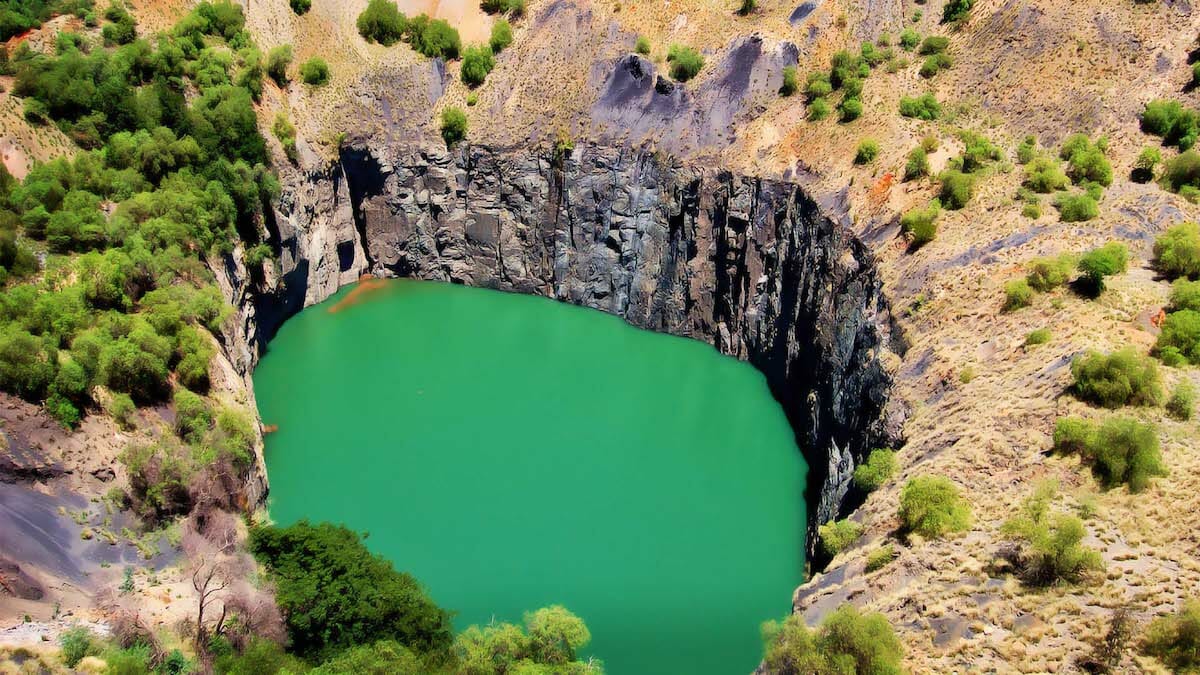
Top of our list is a visit to the Big Hole – also known as the Kimberley Mine. Hand-dug to a depth of 787 feet (240 meters), it remains one of the largest manmade excavations in the world. Best viewed from above – via a steel viewing platform – visitors should opt for full guided tour of the site, including the open-air Kimberley Mine Museum positioned on the perimeter of the Big Hole.
On entry to the museum an informative film provides further context as do other displays, including a simulated nineteenth-century mineshaft experience and a diamond vault holding more than 3,500 diamonds and replicas of the world’s most famous diamonds. Amongst other stones on display is the Eureka – a 21-carat yellow diamond that was South Africa’s first recorded diamond discovery in 1866. Also on display is the famed “616”, the largest naturally formed octahedral diamond ever found, whose name reflects its carat weight. Post museum visit, head to the Occidental Bar in the Old Town to quench your thirst and discuss the day’s learnings.
Take a Tour of Belgravia
Located just a few miles from the city center, Belgravia is Kimberley’s oldest residential suburb. Dating back to the 1870s, the historic suburb boasts more than 30 of Kimberley’s most historical sites. Join a two-kilometer circular walking tour – which starts and ends at the McGregor Museum – and discover a number of statues, memorials, and many historical homes, once occupied by famous mining magnates along the way. The birthplace of De Beers diamond tycoon Harry Oppenheimer and the home of celebrated architect DW Greatbatch are amongst the most noteworthy.
Visit the Wildebeest Kuil Rock Art Centre
This heritage site, on the outskirts of Kimberley, is home to some 400 rock engravings which date back millennia. The allegorical engravings of large mammals, such as elephants, rhinos, and hippos, were etched by indigenous San tribes (also known as Bushmen) and can today be viewed and pondered over by visitors at Wildebeest Kuil Rock Art Centre.
Must-Visit Nature Reserves and Game Parks
A number of reserves and parks in the Northern Cape province have a strong diamond- related legacy. With a focus on sustainable development and conservation, the following nature reserves – which form part of De Beers Group’s Diamond Route – afford much to visitors and locals alike.
Witness Nocturnal Wildlife at Benfontein Nature Reserve
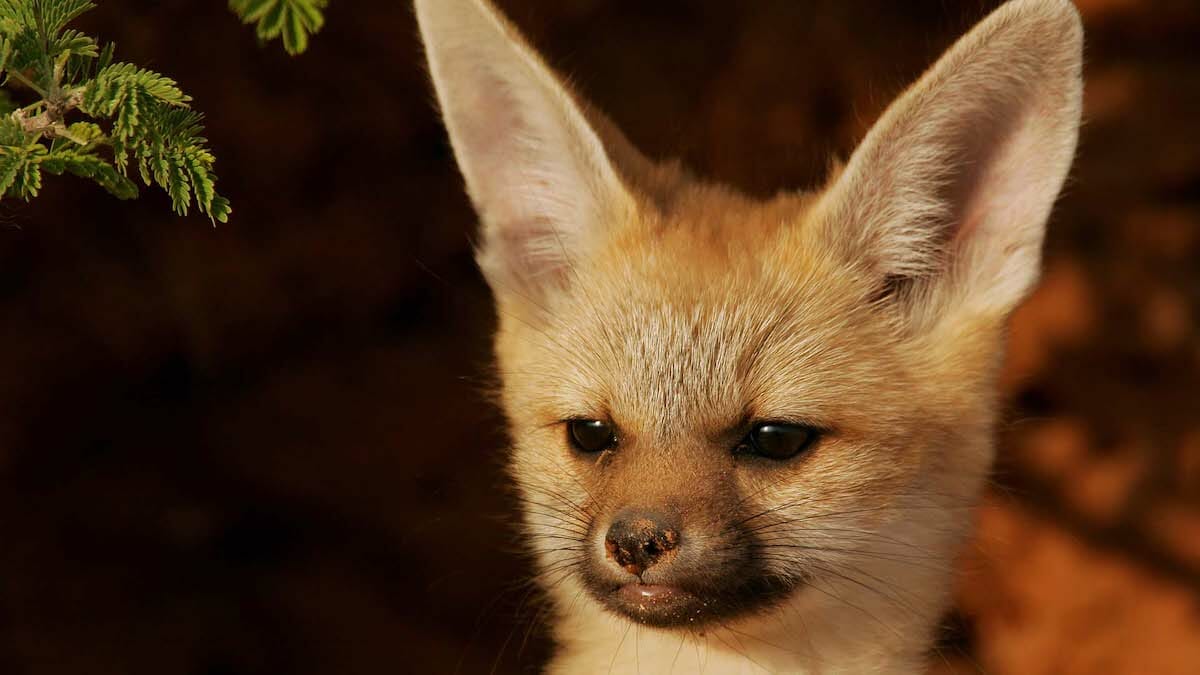
Favored by several species of rare nocturnal animals – including aardvarks, cape foxes, porcupines, and spring hares –, Benfontein offers visitors a glimpse at wildlife not typically seen at other reserves. Covering 11,000 hectares of open terrain, Benfontein’s unique, arid habitat is well suited to the aardwolf and the black footed cat – both species are of particular interest to researchers at the reserve. In addition to learning about Benfontein’s research programs, those visiting south Africa can partake in organized bird watching, as well as mountain biking and even endurance riding events while here.
Stay Overnight at Dronfield Nature Reserve
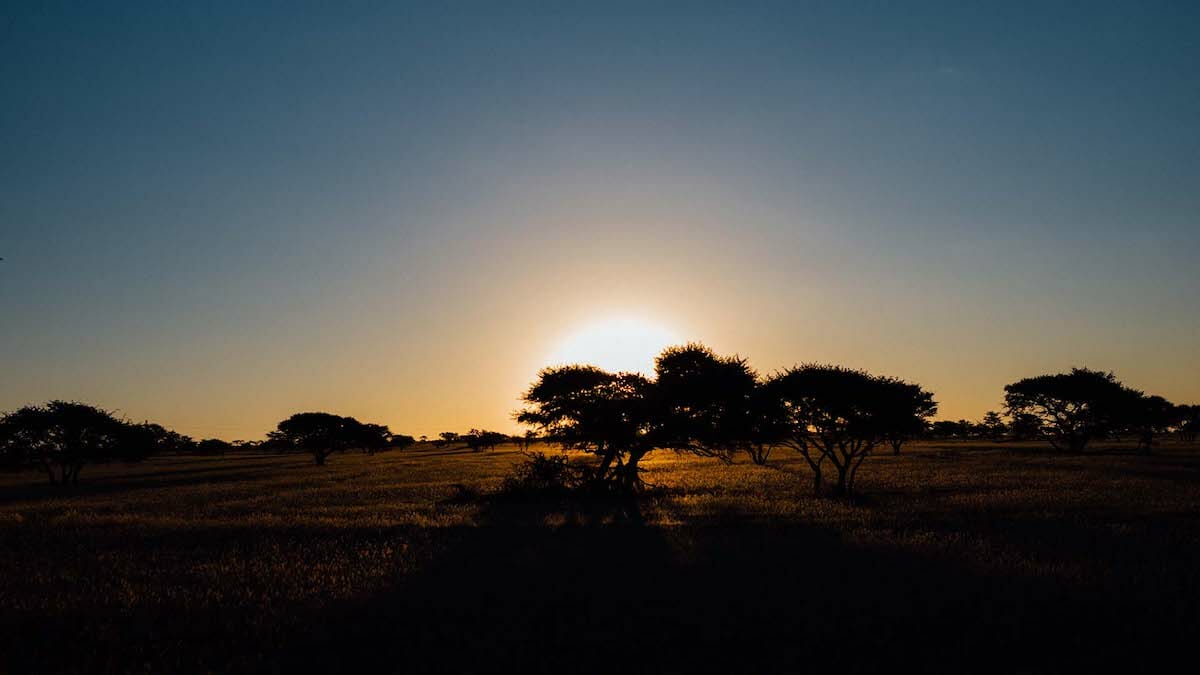
Offering a real wildlife experience in close proximity to the city – just five miles (eight kilometers) outside of Kimberley – Dronfield is a birders paradise. Be sure to place Dronfield’s Graham Main Vulture Hide, which has monitored and researched the African white-backed vulture for more than 20 years, high on your agenda. Maximize your Dronfield experience with an overnight stay at one of the reserve’s self-catering chalets, nestled amongst camelthorn trees.
Go on a Guided Drive at Rooipoort Game Reserve
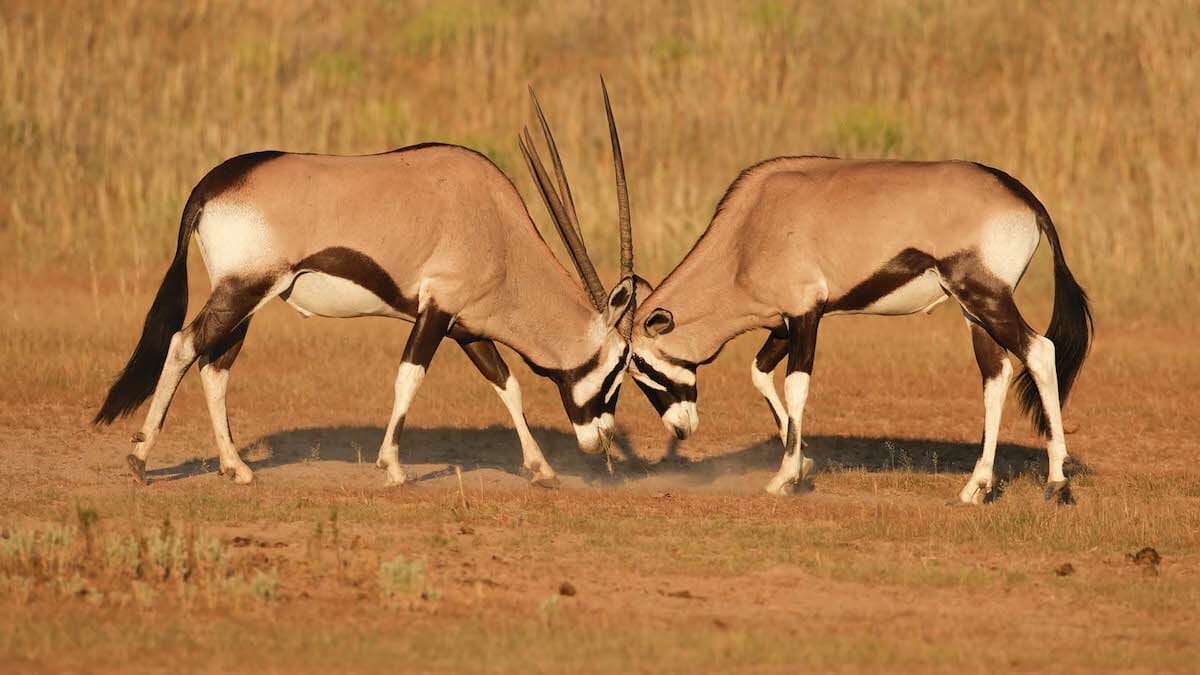
One of the oldest private reserves in South Africa, Rooipoort is situated on the transition zone between the Karoo, Kalahari, and grassland zones, about 40 miles (65km) west of Kimberley. Declared a South African Natural Heritage Site in 1985, not-to-be-missed activities while visiting Rooipoort include: guided game drives across the riverine habitat and a visit to Bushman’s Fountain, one of the richest rock engraving sites in Southern Africa.
Travel to the Northern Parts of South Africa to Experience Venetia Limpopo and Cullinan
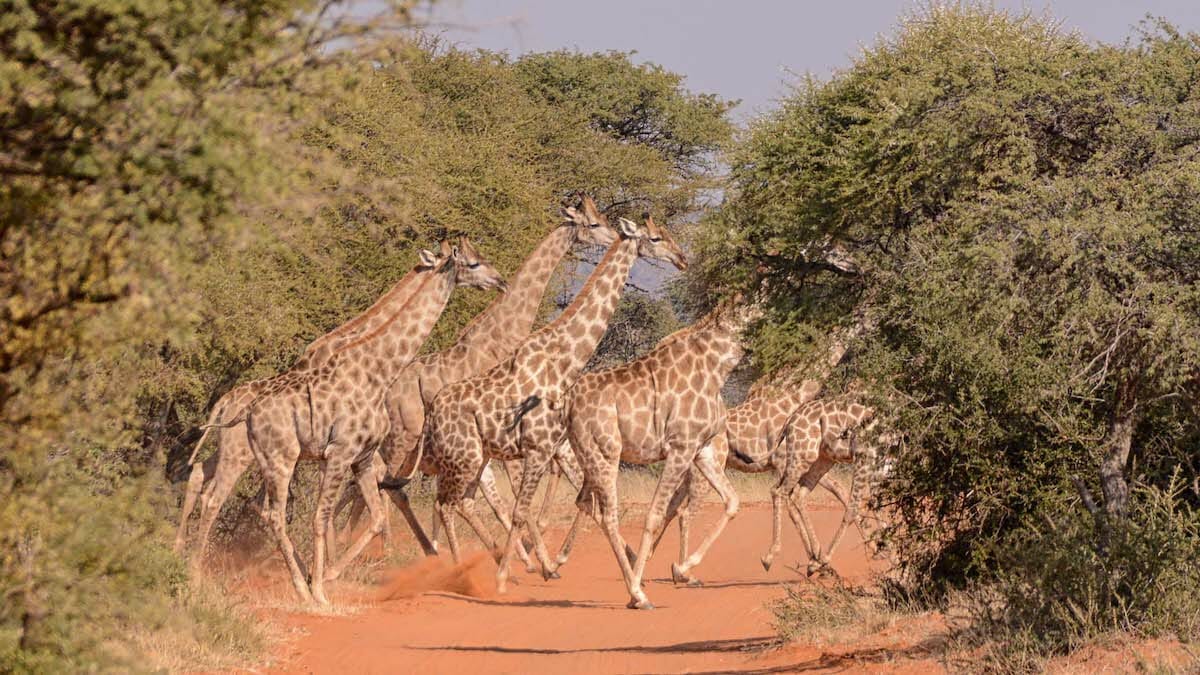
Those hoping to catch a glimpse of South Africa’s largest and most iconic wildlife species can add one more Diamond Route destination to their list: De Beers Group’s Venetia Limpopo Nature Reserve, situated in the northernmost part of the country. Venetia Limpopo is home to 400 species of birds, as well as three of Africa’s “big five” mammals: the elephant, lion, and leopard.
Travelers can rest their heads after an exciting day in the reserve at the Little Muck Game Lodge, located in Mapungubwe National Park, a World Heritage Site.
Located in neighboring Gauteng province, Petra Diamonds’ Cullinan mine is the source of the largest gem diamond ever found, the 3,106 carat Cullinan diamond, which was cut to form the British Crown Jewels. The mine is also the world’s premiere source of very rare and beautiful blue diamonds. Visitors can tour the mine, shop at the nearby diamond mine market, and round out their trip with a stop at the Dinokeng Game Reserve.
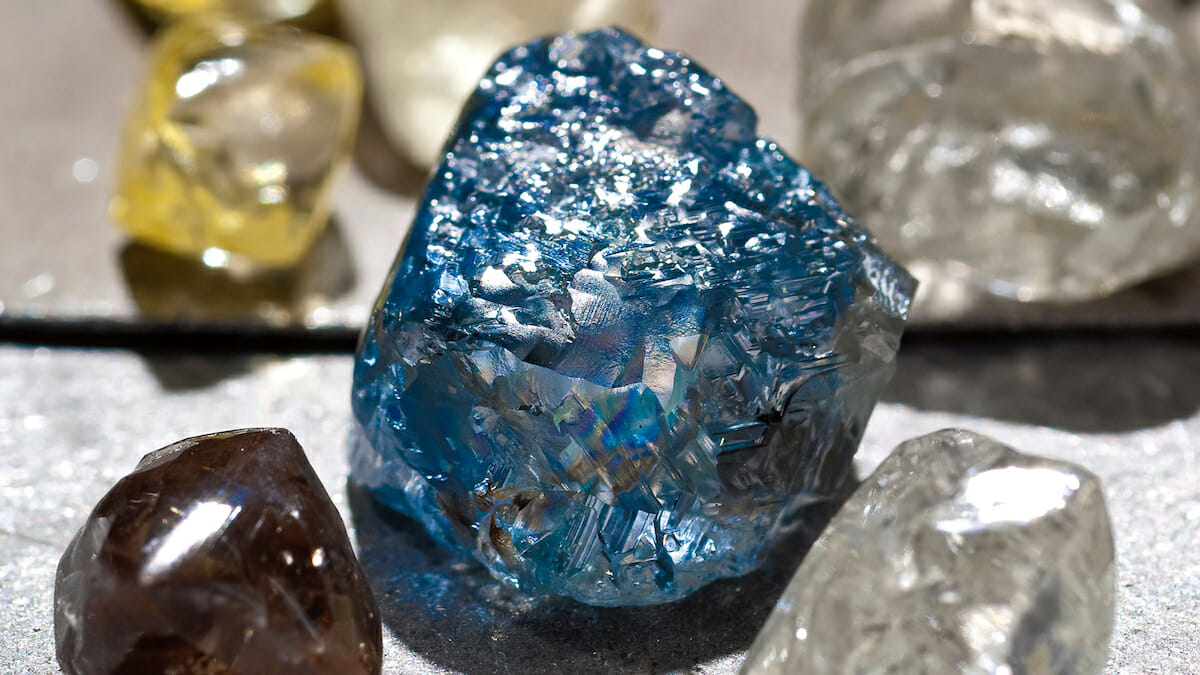
Top Tips for Visiting Diamond Destinations Kimberley and the Northern Cape
Best Time to Visit South Africa
Spring’s cooler months (August/September) and Autumn (March/April) are best. During the Summer (December–March) temperatures can rise above 95°F/35°C in the Northern Cape, with Kimberley often listed as the hottest in the region. By contrast, it can get very cold in the Winter (May-July), with the mercury dropping below 32°F/0°C come nightfall.
Where You Should Stay in South Africa
Comprised of 16 rooms, Kimberley Anne Hotel provides guests with comfortable surrounds and imbues a home-from-home energy.
With daily flights to Kimberley from internationally served cities, such as Cape Town and Johannesburg, visitors to the Northern Cape should factor in an overnight stay in the city their chosen connecting airport is located.
In the case of Cape Town, an overnight stay at The Silo, situated on the V&A’s Waterfront will place you right in the heart of the action while visiting South Africa, with close proximity to key attractions.
Alternatively, those who are making their entry and exit to Kimberley via Johannesburg should book a stay at either AtholPlace House or The Saxon Hotel, located in scenic Sandton and the ritzy suburb of Sandhurst respectively.
